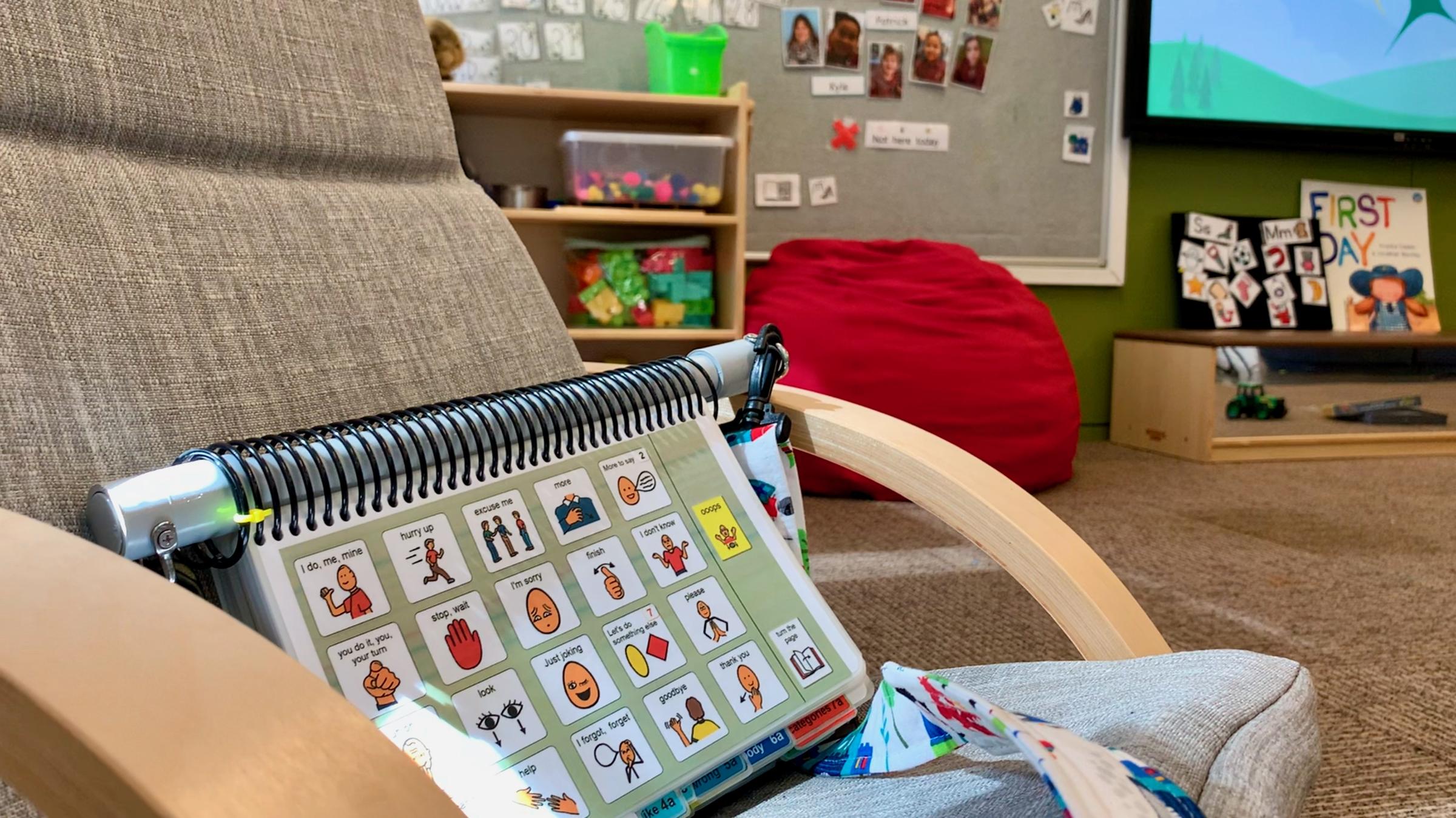Toileting Tips
Allied Health

Toileting Tips
Allied Health
Managing toileting, building independence in toileting tasks and toilet training can be stressful for both parents and children. Here are some useful resources and tips to help navigate toilet training and building independence.
The toilet can be a scary place for some children, it is often colder, more echoey, small, and enclosed. Making the environment welcoming and fun can help relieve fears and anxieties around toileting tasks and help your child persist. Some ways you can do this are by:
-Hang posters or photos of your child’s favourite characters/things on walls near the toilet
-Have a basket of ‘toilet toys’ that are kept in the toilet area to fidget with or provided comfort when sitting on the toilet
-Play music or take a phone or iPad into the toilet area while competing for toileting tasks to provide calming input and distraction
-Make sure your child can access the toilet easily; you may need a toilet insert, rails, toilet step.
-Ensure the lighting in the area is adequate and that the temperature is comfortable. Be mindful of noisy bathroom fans.
Below are some of the signs that your child is becoming ready to start toilet training:
-Has dry nappies for up to 2 hours during the day
-Shows an interest in others going to the toilet
-Can sit for short periods of time
-May communicate that they are wet or soiled
-may show a dislike of wearing their nappy (may try pull it off when it is wet/soiled)
-Have begun to try and dress themselves, such as pulling down pants
-Can follow simple visual or verbal directions
Toilet training can take time and can be overwhelming for children and parents.
Allow your child enough time to process directions and to complete tasks.
Breaking down toileting into tasks and practising these individually, can help you to build your child’s independence in small steps. For example: washing hands, pulling pants down, siting on toilet, pulling pants up, taking off nappy, flushing toilet, wiping. This will give you little goals that you can celebrate when they achieve them.
Remember to praise your child for their attempts and be mindful to not show frustration when they have accidents but provide reassurance.
It is important when toilet training to establish routine and understanding around toileting tasks.
Try use consistent simple language an visuals when supporting your child in toileting tasks.
Even if your child is not ready for toilet training it can be useful to change them or take them to the toilet at regular intervals to help them become familiar with their toileting routine and to help be calm and prepared
Raising Children Network: https://raisingchildren.net.au/preschoolers/health-daily-care/toileting/toilet-training-guide
https://continencevictoria.org.au/one-step-at-a-time/
Continence Victoria: https://continencevictoria.org.au/resources/children/
Wiggles toilet song: https://www.youtube.com/watch?v=WrziuyiLAK4
Toms Toilet Triumph: https://www.youtube.com/watch?v=9bxNSbHm0-g
Don’t forget to Speak to your GP and Occupational Therapist for more information and supports